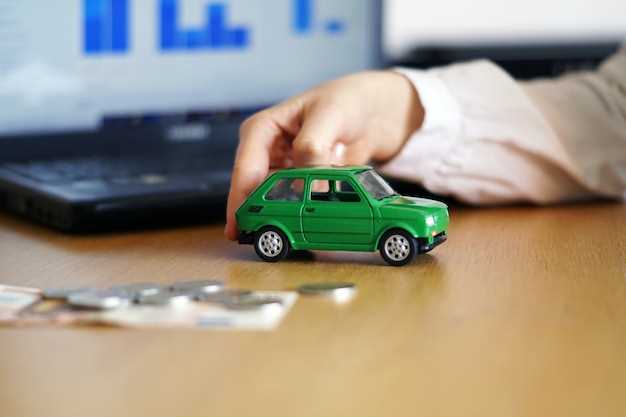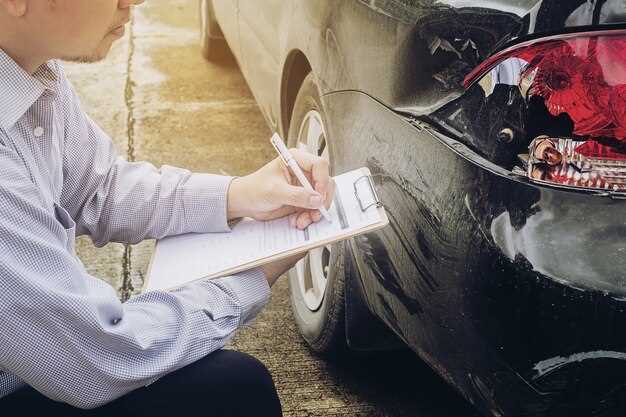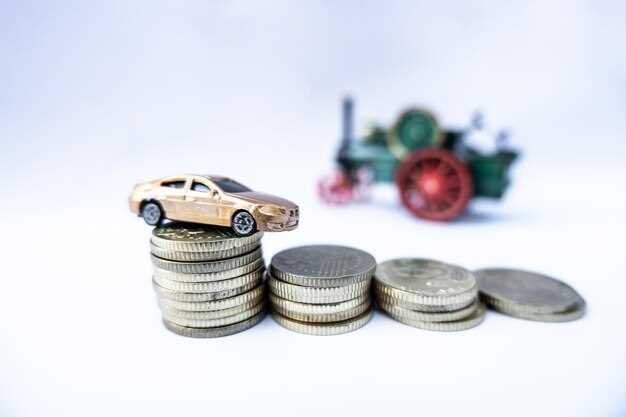
Creating a salvaged sports car is a journey that combines passion with engineering prowess. This venture attracts automotive enthusiasts who are eager to transform a damaged or abandoned vehicle into a high-performance machine. While the outcome can be exceptionally rewarding, the path to restoration is fraught with challenges that test one’s skills, resources, and determination.
One of the primary challenges in building a salvaged sports car is sourcing the right parts. Often, the original components of a damaged vehicle require replacement or upgrading to restore its driving dynamics. This process may involve searching through junkyards, online marketplaces, or specialized forums dedicated to the sports car community. Finding high-quality replacements that fit the specific model can be time-consuming and sometimes expensive.
However, the rewards of this endeavor can be substantial. Successfully reviving a sports car not only results in a personalized vehicle that reflects the owner’s style but also creates a sense of accomplishment. The hands-on experience gained during the restoration process can significantly enhance one’s mechanical skills and deepen the appreciation for automotive engineering. Additionally, embarking on this project often leads to a strong bond with fellow car enthusiasts who share similar interests, fostering a community of support and knowledge exchange.
Building a Salvaged Sports Car: Challenges and Rewards

Transforming a salvaged sports car into a roadworthy vehicle presents enthusiasts with a unique set of challenges and rewards. This process demands not only technical skills but also creativity and determination.
One of the primary challenges faced during this project is assessing the condition of the salvaged car. Many components may have sustained damage, necessitating a thorough inspection. Common issues include:
- Structural damage to the frame.
- Engine complications, such as mechanical failures or missing parts.
- Electrical system malfunctions, which may involve faulty wiring or dead batteries.
- Bodywork imperfections, including dents and scratches that require repair or replacement.
Once the initial evaluation is complete, sourcing replacement parts can prove to be another significant hurdle. Many salvaged sports cars might have scarce or discontinued components, leading builders to:
- Consult online marketplaces or forums for used parts.
- Visit junkyards for compatible components.
- Consider aftermarket options that provide performance upgrades.
Moreover, technical knowledge is vital. Builders must often be proficient in multiple areas, such as:
- Automotive mechanics to ensure the engine and transmission work properly.
- Welding skills for repairing or reinforcing the chassis.
- Painting and finishing techniques for a professional-looking exterior.
Despite these challenges, many hobbyists find immense rewards in the salvaged sports car build. Accomplishments often include:
- The satisfaction of overcoming obstacles and completing an ambitious project.
- The opportunity to customize the car according to personal preferences.
- The potential financial benefits from selling a fully restored vehicle.
Additionally, owning a unique sports car, particularly one with a story, can enhance pride and joy in driving. The community surrounding car building also provides valuable connections, fostering friendships and collaboration.
Ultimately, the journey of building a salvaged sports car is fraught with challenges, yet the rewards make the effort worthwhile. Enthusiasts not only gain technical skills but also deepen their love for automotive craftsmanship.
Assessing the Condition of Your Salvaged Sports Car

Before diving into your sports car project, it’s crucial to evaluate its overall condition. This assessment will dictate the direction of your restoration efforts and help you estimate costs and time required. Begin by inspecting the car’s exterior for any visible damage, rust, or dents. Pay close attention to areas prone to corrosion, such as wheel wells and undercarriage components.
Next, examine the engine and transmission. Look for fluid leaks, signs of wear, and the overall cleanliness of these components. A well-preserved engine may require less work, while a heavily damaged one could lead to extensive repairs. Don’t forget to assess the electrical system, including wiring, lights, and the battery. Faulty electrical components can significantly complicate your project.
Inspect the interior as well. Check for upholstery damage, mold, or any missing parts. A complete interior restoration can be time-consuming, so factor this into your project timeline. Additionally, evaluate the condition of the tires, brakes, and suspension, as these are vital for safety and performance once the project is completed.
Lastly, consider the car’s documentation. Ensure that you have a clear history of the vehicle, including any previous damages and repairs, which will inform your restoration choices. A thorough condition assessment is essential for a successful salvaged sports car project, enabling you to allocate resources efficiently while maximizing the car’s performance and aesthetics.
Essential Tools and Parts for a Successful Restoration
Embarking on a project to restore a salvaged sports car requires a precise inventory of tools and parts to ensure a successful outcome. Proper planning and preparation are crucial for achieving desired results, and having the right equipment makes the process smoother and more efficient.
Below is a list of essential tools and parts that every restoration enthusiast should consider when undertaking a car project:
| Tool/Part | Description |
|---|---|
| Wrenches | Essential for loosening and tightening bolts. A set of SAE and metric wrenches will cover most fasteners. |
| Sockets and Ratchet Set | Provides versatility in removing various nuts and bolts. A ratchet allows for efficient work in tight spaces. |
| Impact Wrench | Speeds up the process of removing stubborn bolts, especially in suspension and engine components. |
| Jack and Stands | Critical for lifting the car safely to access the undercarriage. Adjustable stands are necessary for stability. |
| Wheel Chocks | Helps secure the car in place while working underneath, preventing accidental movement. |
| Body Repair Tools | Includes hammers, dollies, and body fillers for correcting dents and imperfections in the car’s exterior. |
| Paint Supplies | High-quality paint, primers, and clear coats are essential for achieving a professional finish on the bodywork. |
| Electrical Tools | Wire strippers, crimping tools, and multimeters are necessary for any electrical repairs or upgrades. |
| Parts | Replacement parts should be sourced based on the specific needs of the car, including items like tires, brakes, and suspension components. |
By equipping yourself with these essential tools and parts, you set the foundation for a successful restoration project. Careful selection and organization of resources lead to effective repairs and enhancements, ultimately allowing you to bring your salvaged sports car back to life.
Navigating Legal and Registration Hurdles for Rebuilt Vehicles
When embarking on the journey of building a salvaged sports car, enthusiasts often face a myriad of legal and registration challenges. Understanding these hurdles is crucial for a smooth transition from a rebuilt vehicle to a roadworthy sports car.
1. Title and Ownership Issues: One of the first steps is to establish a clear title for the salvaged car. Many states require that the vehicle’s title is marked as “salvaged” prior to any modifications. It is essential to check local regulations to determine the necessary documentation and procedures for obtaining a new title once the car is rebuilt. This often involves an inspection by a certified mechanic or the DMV to verify the extent of the repairs.
2. Emission and Safety Standards: Depending on the state, rebuilt sports cars may need to meet specific emission requirements and safety standards. This can include ensuring that the vehicle is equipped with functional lights, brakes, and other essential safety features. It is important to familiarize yourself with the Environmental Protection Agency (EPA) regulations and local vehicle codes to avoid any compliance issues.
3. Insurance Considerations: Insuring a rebuilt sports car can be more complicated than insuring a standard vehicle. Many insurance companies require detailed documentation of the rebuild process, including receipts for parts and a report from a certified mechanic. It is advisable to shop around for insurance providers that specialize in modified or rebuilt vehicles, as they may offer tailored policies that better suit your needs.
4. Registration Process: After overcoming title and inspection hurdles, the final step is the registration process. This typically involves submitting the completed inspection report, proof of insurance, and the appropriate fees to the local DMV. In some cases, a unique identification number may be issued, serving as a reference for tracking the vehicle’s history. Keeping thorough records of the rebuild process will facilitate this stage and help in any future transactions.
5. Staying Informed: Laws and regulations regarding rebuilt vehicles can change frequently. It is important to stay informed about any updates that may affect your sports car’s registration or legal status. Joining online forums or local car clubs can provide valuable insights and support from fellow enthusiasts who have navigated similar challenges.
Mastering these legal and registration hurdles is vital for ensuring that your rebuilt sports car complies with the law and can be enjoyed on the open road. A thorough understanding of these processes not only enhances your experience but also protects your investment in your dream vehicle.
